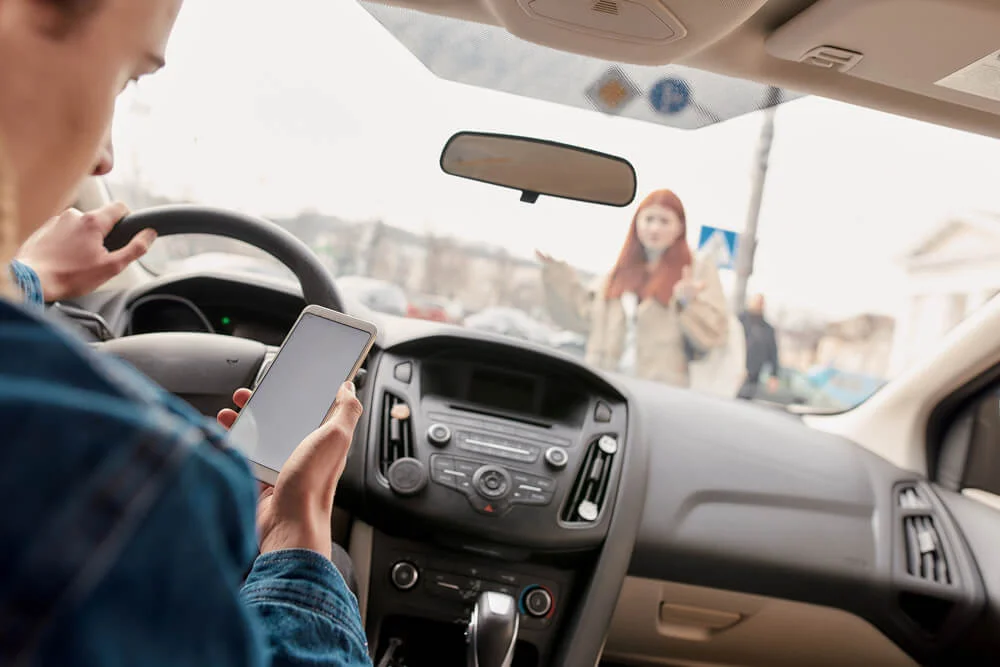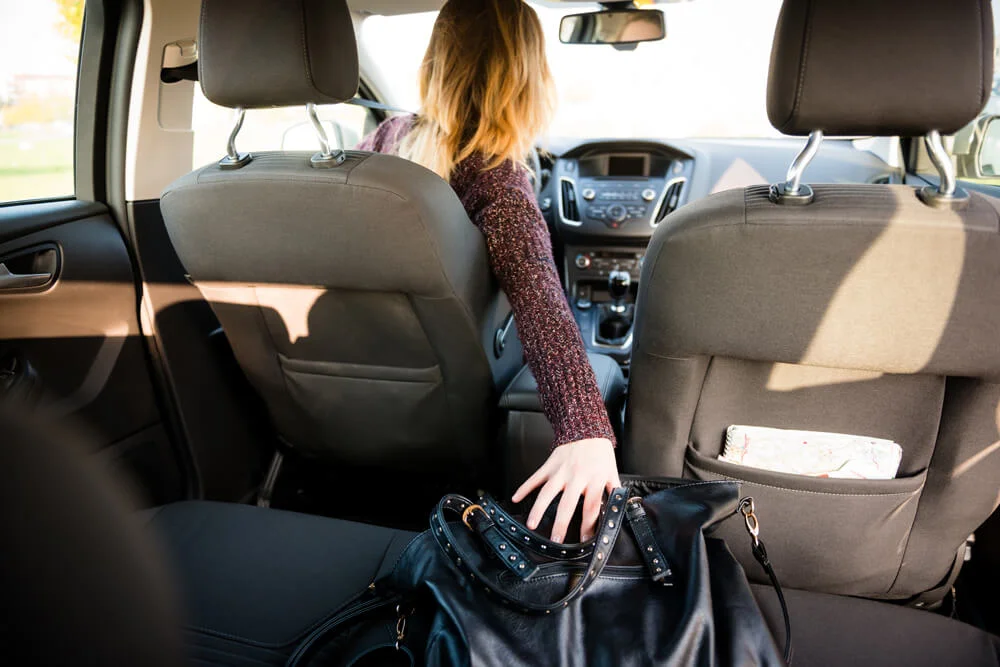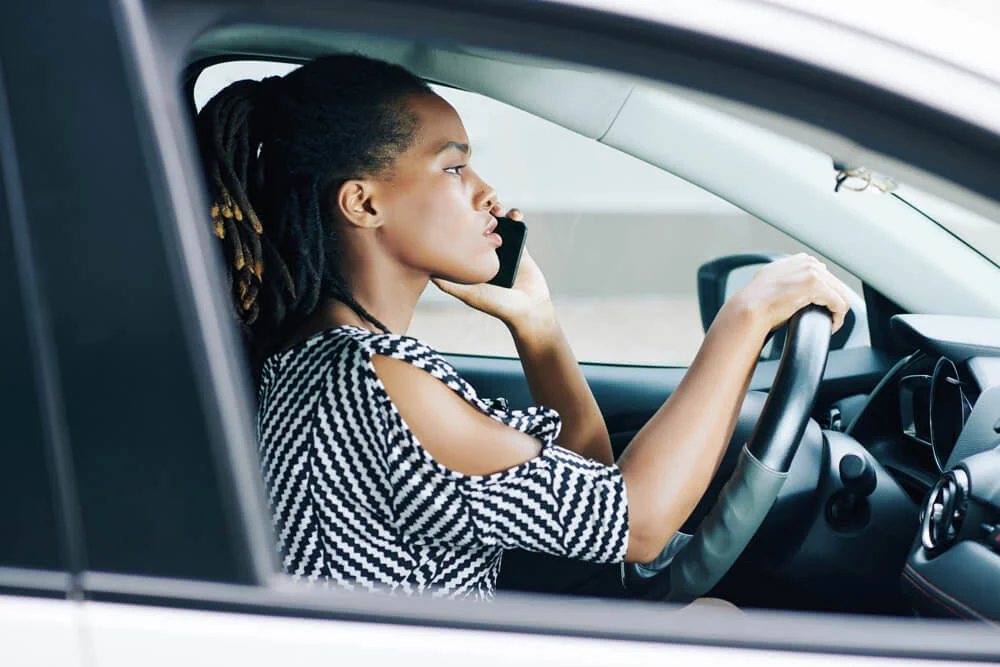Distracted Driving

Distracted Driving
What is Distracted Driving?
- Applying makeup
- Changing the music
- Eating and/or drinking
- Engaging in deep thought
- Opening the glove compartment
- Retrieving an item from the floor/back seat
- Talking on the phone
- Talking to passengers
- Texting
- Using a navigation system
Types of Driving Distractions
- Visual: Distractions that take a driver’s eyes off the road
- Manual: Distractions that take a driver’s hands off the wheel
- Cognitive: Distractions that take a driver’s mind off driving

Steps to Take After an Accident
Electronic Devices
Under Washington, DC’s distracted driving laws, it is illegal to use an electronic device while driving unless it is equipped with a hands-free accessory. This means that drivers are prohibited from texting unless they use technology that allows them to keep both hands on the wheel. Those who violate distracted driving laws in DC may face fines of up to $1,000 and other legal liabilities.
There are certain exceptions to the hands-free requirement, including the use of a cell phone to make emergency calls, the use of a cell phone by law enforcement or emergency service providers, initiating or terminating a call, or turning a cell phone on or off. Commercial driver’s license holders, such as school bus drivers, and those with learner’s permits are banned from using all electronic devices while driving, regardless of whether they are hands-free.
However, studies show that even when drivers use hands-free technology, they still put themselves and others at risk. This false sense of security can lead to catastrophic accidents. According to the National Safety Council, multitasking while driving is nearly impossible because the human brain cannot adequately perform both tasks simultaneously.



